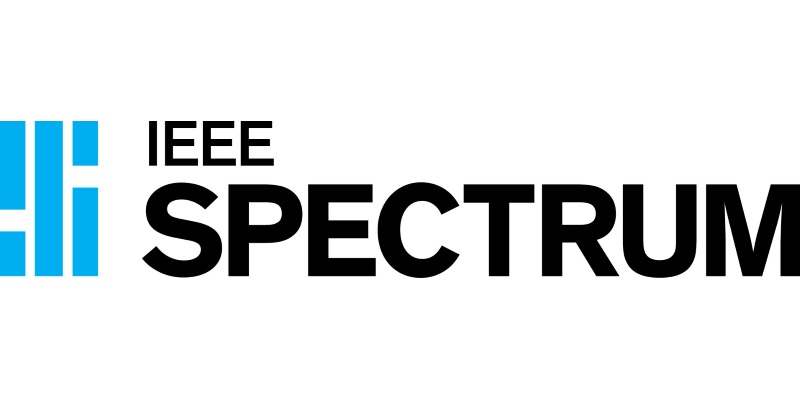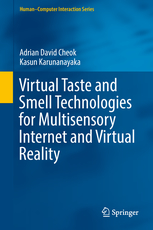PERSONAL AND UBIQUITOUS COMPUTING·WEDNESDAY, MAY 20, 2016
Guest Editors
Prof. Adrian David Cheok, Imagineering Institute, Malaysia and City University London, UK
Dr. Kasun Karunanayaka, Imagineering Institute, Malaysia and City University London, UK
Dr. Tuomas Mäkilä, Technology Research Center, University of Turku, Finland.
Assoc. Prof. Dr. Mohd Shahrizal Sunar, Media and Game Innovation Centre of Excellence (MaGICX), Universiti Teknologi Malaysia, Malaysia
Computers and the Internet changed people’s life style so rapidly in the last few decades. Today we are moving towards a hyperconnected era where humans and all the electronic devices that we use will be connected together and form a single network. Most of the machines will be also equipped with human senses such as audio, visual, and tactile. Therefore, we believe the next important breakthrough of internet would be true multisensory internet and this will open up a multitude of new horizons and opportunities for research in the future, including in areas such as human computer interaction, augmented / virtual reality, entertainment, medical and wellness, marketing and neuroscience.
This special Issue of the journal will focus on fundamental and applied research dealing with multisensory Internet. Such technologies may produce visual, tactile, sonic, taste, smell, flavor or any other kind of content that can enrich user experience delivered through Internet.
Our aim is to encourage scientists to publish experimental, theoretical and computational results in as much detail as possible, so that results can be easily reproduced. There is, therefore, no restriction on the length of the papers.
Topics
The purpose of the theme issue is to publish recent advances in multi-sensory Internet. Submissions are sought on the following and related topics:
• Sensing and Actuation Technologies for visual, tactile/haptic, sonic, taste, and smell
• Multimodal interaction, interfaces, and communication
• Multimodal / crossmodal perception
• Man-machine multisensory interactions
• Human factors, cognition
• Psychology and neuroscience
• Smart wearable technology
• Multisensory augmented / virtual reality
• Digital and sensory marketing
• Food as a communication medium
• Design and evaluation of multisensory Internet
• Content creation processes, environments and methods
• Communication protocols for multisensory Internet
• Application domains for multisensory Internet and technologies
• Natural User Interface Technology and Application
Important dates
Submissions: 1st November 2016
Notifications to authors: 1st January 2017
Final papers: 1st March 2017
Submissions
We seek submission of original papers presenting novel research addressing Multisensory Internet. Submissions must not be currently under consideration for publication in other venues. PUC’s Instructions for Authors are available here: http://link.springer.com/journal/779
Submissions should be directed to: Dr. Kasun Karunanayaka (Corresponding Guest Editor), kasun@imagineeringinstitute.org





